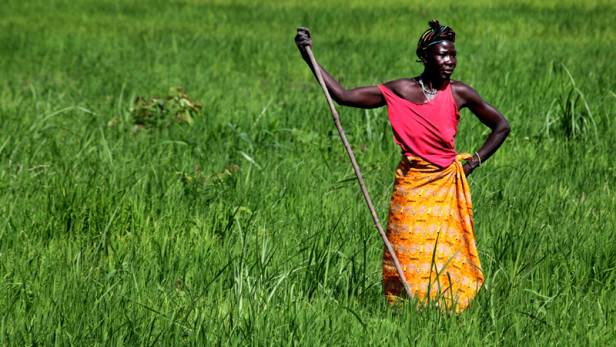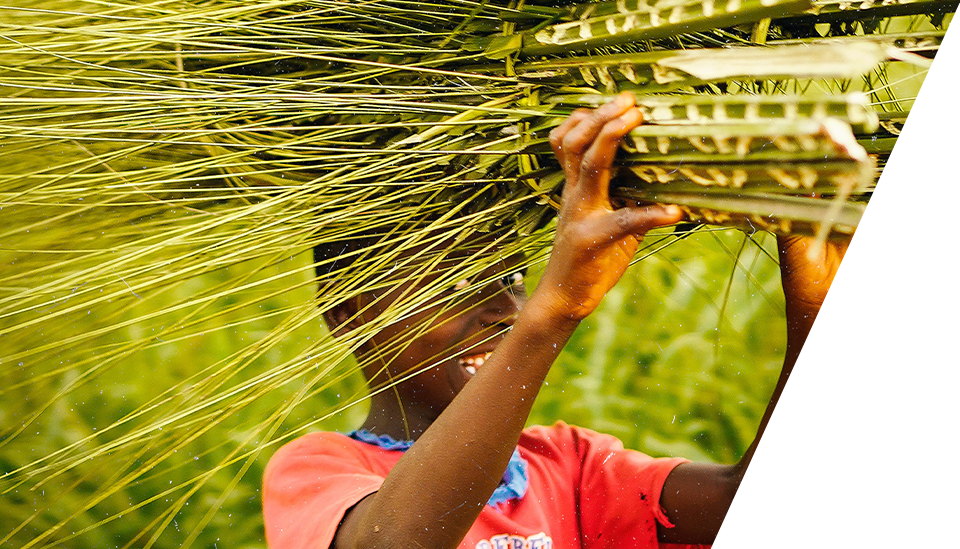3 Ways Agri-Businesses can be Drivers of Equality
Re-published with permission from devex.com | By Briony Mathieson | 08 March 2016
With International Women’s Day 2016 on the horizon, I asked my colleagues around the world to help run a straw poll. I was curious — how does our varied female workforce, from the smallholders of India, processing units of Ivory Coast, to the coffee washing stations of Nicaragua, feel about gender parity in their respective countries?

While the majority felt there had been overall progress on gender equality in the last 20 years in their country, just over half of those we asked felt that women still do not have the same opportunities as men. Most disheartening of all was that 30 percent thought that women would never be treated equally to men in their country, rising to 38 percent among women in Africa. Even though the sample size was small and therefore anecdotal, the 223 women who shared this pessimistic view is very high.
The importance of women in global agricultural supply chains is no secret. Estimates indicate that more than half of all the food in the world is grown by women farmers, while further studies show that giving women equal access to assets and inputs could raise total agricultural output in developing countries by 2.5-4 percent.
This is significant not just for food security and improving the gross domestic product of agriculture-based economies, but also for boosting development indicators such as literacy and health outcomes. Research shows that for every dollar earned, a woman is estimated to invest 80 cents back into her family through better nutrition, education or health care.
So how can we level the field to ensure that women and men have equal opportunities in agriculture? Women often do the hard work of harvesting and carrying crops to the point of sale. But often they are not involved in the sale, so they contribute labor and time but get no money in hand.
There are three main ways large agri-businesses like Olam can be agents of change and drivers of equality for these women:
First, by providing equal opportunities for women to obtain farm inputs, tools, training and support; encouraging farmer groups to include women leaders; actively drawing women to training on good agricultural practices and farm management; providing targeted training on nutrition and crop diversification; and sensitizing communities about gender equality.
Secondly, directly paying the person who hands over the crop to avoid money being sent to the husband for the wife or daughters’ labor. This is not always as easy as it perhaps sounds, and can involve helping to open a bank account and ensuring the level of financial or written literacy needed to manage receipts and non-cash-in-hand purchases.
Thirdly, mechanizing production can create employment opportunities elsewhere within the agricultural supply chain — for example sorting coffee beans or dehulling cashew nuts, which employs over 12,000 women across Asia and Africa in our business alone. Jobs in plantations and processing units can offer independence, greater choices and respect for women — just listen to Prisca talking about her role as one of the first cohort of women tractor drivers in our coffee plantation in northern Zambia.
Additionally, having a job offers an alternative or supplementary income. As an employee, a woman is always paid directly and she can then choose how to spend some or all of her wage — a choice she may not otherwise have.
When I went searching for evidence of this, Eko Purnomowidi, our specialty coffee manager in Indonesia, recounted a conversation he had with Awang, a worker in one of Olam’s coffee mills. Awang had told him, “Since working here, I can send my sons and daughter to high school level. I can also support my family with health care, and we’re more or less healthy.”
What’s more, she is instilling a sense of gender parity in the next generation — her children:
“In our house, boys and girls are equal — there is no difference in their school or in love and care. I believe we have to be fair with them.”
This is one recorded conversation of many my colleagues and I have had over the years, and again, while anecdotal, they give me hope that these women are laying the foundations for gender parity in the future.
We know how hard we and many others are working to achieve gender parity that benefits all, but there is still a huge mountain to climb. Is equality just too big, too hard and too impossible a dream? A significant number clearly think so.
Knowing that some women are unable to imagine an equal world should make us even more determined to make the seemingly unattainable a reality, and voices like Awang’s and Prisca’s give me hope that we are creeping ever closer. Of course, true gender equality will require change at all levels of society and institutions to break down the social barriers that keep women from realizing their full potential in all spheres of life.
In the face of these formidable challenges, we must all strive to ensure that women have an equal opportunity to be successful — in agriculture and beyond.
About the Author

Briony Mathieson
A communications professional, Briony Mathieson has spent over 25 years working across the full range of communications channels. She is currently the global head of marketing communications at Olam International, an agri-business listed in Singapore.

